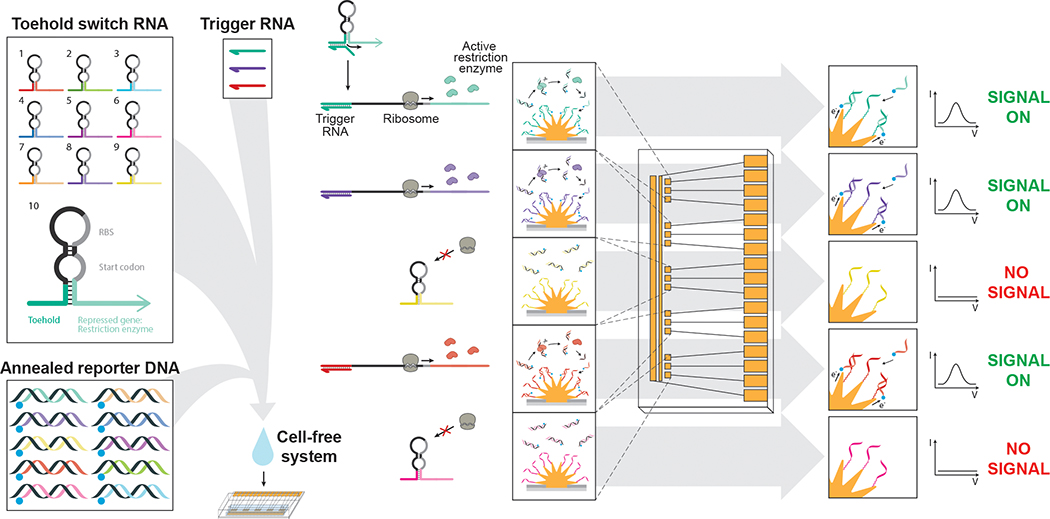Figure 1. A gene circuit-electrode interface for cell-free synthetic gene networks.
By combining cell-free transcription and translation systems with engineered gene circuits on nanostructured microelectrodes, distinct and multiplexed output signals can be tracked in parallel. This approach uses toehold switch-based RNA sensors, which, in the presence of trigger RNA, express one of ten restriction enzyme-based reporters. Upon sensor activation, expressed restriction enzymes cleave annealed reporterDNA, which is free floating in cell-free reactions, releasing the redox reporter-labelled reporterDNA (blue circle). Nanostructured microelectrodes with conjugated captureDNA then recruit the redox-active reporterDNA to their surface, generating an electrochemical signal. Each toehold switch is engineered to produce a unique restriction enzyme-based reporter that is coupled to a distinct reporterDNA and captureDNA pair for multiplexed signaling

